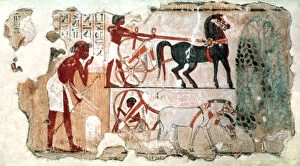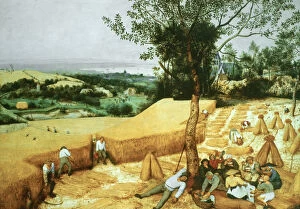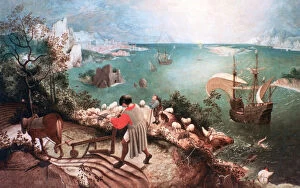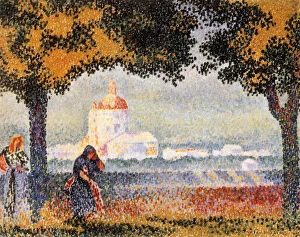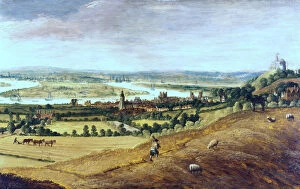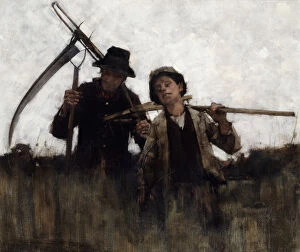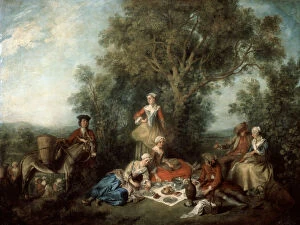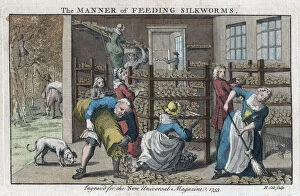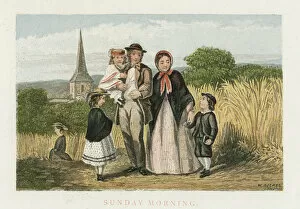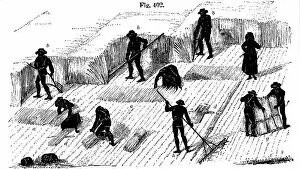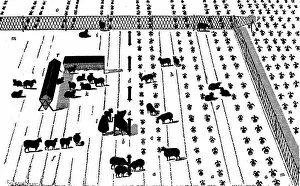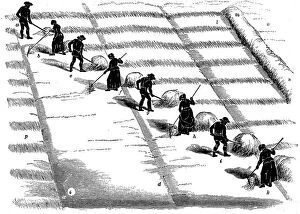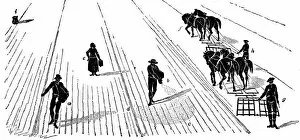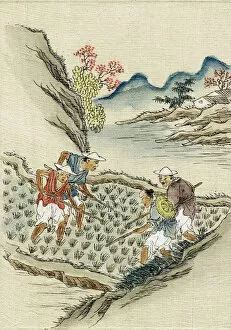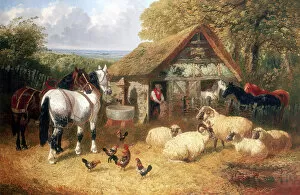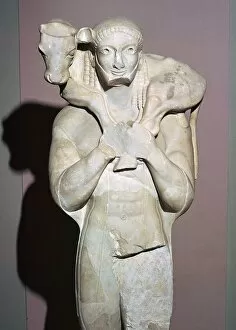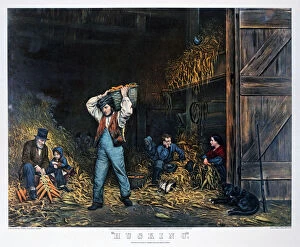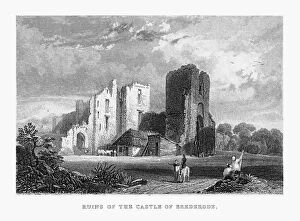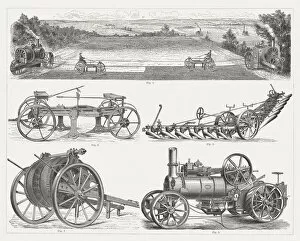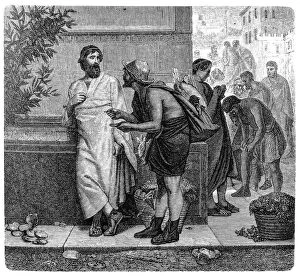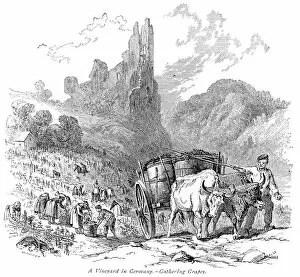Farm Worker Collection (#69)
"Capturing the Essence of Farm Life: A Glimpse into the World of Hardworking Farm Workers" Step back in time with Pieter Bruegel the Elder's masterpiece, "The Harvesters
For sale as Licensed Images
Choose your image, Select your licence and Download the media
"Capturing the Essence of Farm Life: A Glimpse into the World of Hardworking Farm Workers" Step back in time with Pieter Bruegel the Elder's masterpiece, "The Harvesters, " where farm workers toil under the scorching sun, reaping nature's bounty. Transport yourself to c1887 with Sir Ernest Albert Waterlow's "Galway Gossips, " as farmers gather together, sharing stories and laughter after a long day of labor. Discover Hubert von Herkomer's "Our Village" from c1890, offering a window into rural life where farm workers tend to their animals and cultivate their land. Marvel at an antique illustration depicting a serene landscape dotted with contented animals and diligent farmers working hand in hand. Immerse yourself in the simplicity and charm of "The Milkmaid, " a 1902 pencil and watercolor artwork that showcases the dedication of those who provide us with nourishment every day. Witness Colonel Udnys Bay Colt Truffle being held by a groom in Sorcerer's captivating oil on canvas painting from 1815, reminding us of the skilled horsemen who assist on farms. Journey back to medieval times through an enchanting illustration capturing peasants arriving at a castle courtyard market, showcasing how farming sustains communities throughout history. Experience Witley's Fowl House Farm bustling with children, shepherds tending their flocks nearby. This pencil sketch transports us to idyllic countryside scenes filled with youthful energy and pastoral beauty. Delight in William Blake’s exquisite hand-colored relief-etching titled "The Lamb" from 1789. It evokes innocence personified by gentle lambs grazing peacefully under watchful eyes – perhaps those of farm workers caring for them? Join Henry Herbert la Thangue’s picturesque scene titled "Gathering Plums" from 1901. Witness farm workers diligently collecting ripe fruits amidst lush orchards, a testament to their hard work and dedication.

